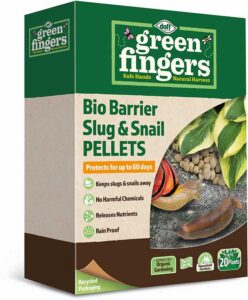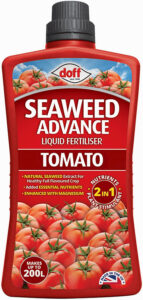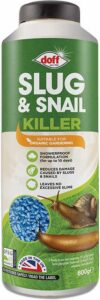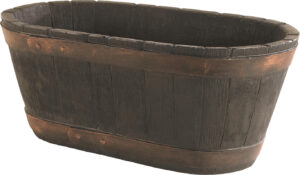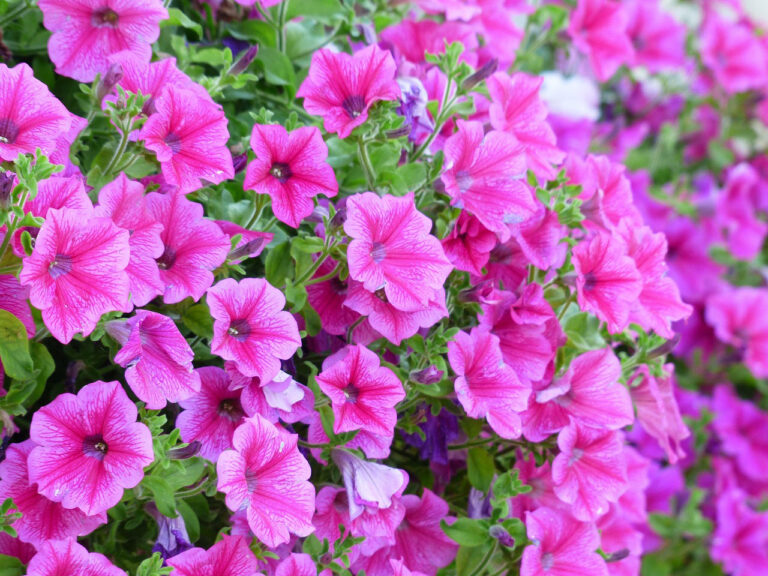
It's Easy To Get Growing: Petunias
Petunias are among the best bedding plants due to their ability to create a wonderful mass of summer blooms in a range of vibrant colours. Petunias are adaptable and work well in a variety of pots, hanging baskets, and the ground. Petunias are a native of South Africa that produces a beautiful display throughout the summer and into the autumn, often up to the first frosts.
How To Get Growing..
Petunias can either be grown from seeds, purchased as little plug plants for growth, or purchased as garden ready plants. Petunias can only be planted outside in the late spring or early summer because they are delicate and cannot withstand any frost.
A good, rich soil is necessary for petunias to grow well. Before planting, prepare the soil in borders by incorporating a lot of well-rotted compost or soil conditioner. Petunias grow best in multipurpose, peat-free potting compost for pots and containers. Choose a compost that has water-holding granules for raised containers like hanging baskets and window boxes that are exposed to drying sun and wind.
Petunias should be gradually acclimated to the outside for a week or two before being planted. When purchasing garden-ready plants, make sure they haven’t been kept in an enclosed space, if they have, they will need to be hardened off before planting.
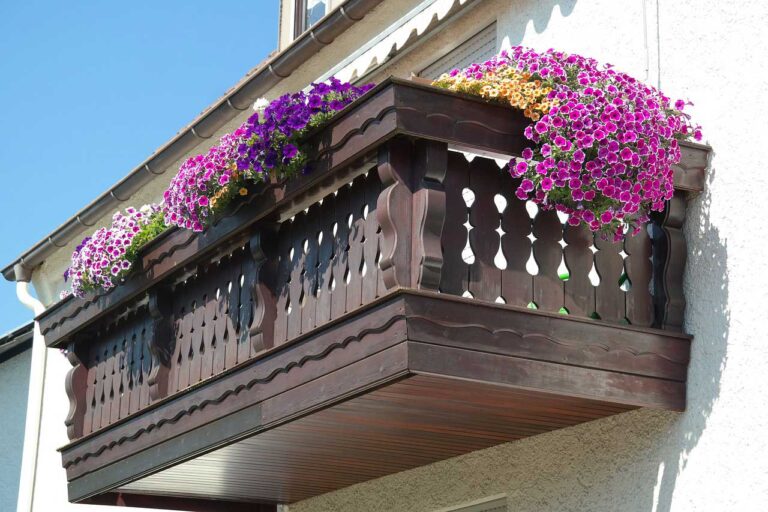
Maintaining Your Petunias
Petunias require a lot of sunlight, rich soil, and protection from wind. Petunias will also thrive if given some shade in regions of the country with hot summers or milder climates. Because of their extreme adaptability, petunias can grow in practically any kind of pot or container, regardless of size or shape.
Bushy, upright petunias make excellent displays either planted in the ground or in pots, as part of a bright bedding setup or to offer pops of bright colour amid the perennial plants in a border. Petunias grown in pots and containers require regular watering, which is crucial. Never allow the compost to dry out yet be cautious not to overwater it because this might result in spindly growth. During dry seasons, petunias placed in the ground also need regular watering.
Instead of spraying the plant, direct the water flow onto the soil to avoid scorching on the delicate leaves during sunny weather. To minimise scorching, try to water early in the morning or late at night. Feed plants with a liquid fertiliser strong in potash (such as tomato fertiliser) every 10 to 14 days during the summer and early autumn. If plants begin to appear tired in the autumn, switching to a high-nitrogen fertiliser can stimulate growth in the final few weeks before the first frost.
And Finally..
Petunias can be kept looking terrific and helped to produce more flowers by removing faded and dead flower heads. It is feasible to lightly cut down trailing types that start growing rambunctiously later in the season. Continuous feeding will encourage new growth.
Given the proper growing conditions and upkeep, petunias are often trouble-free. Young leaves and stems may attract aphids; you can prevent this by inspecting plants frequently and manually removing any tiny infestations. To deal with aphids, there are a variety of ready-to-use sprays available. Slugs and snails can be an issue, especially for Petunia plants that are buried in flower beds.

